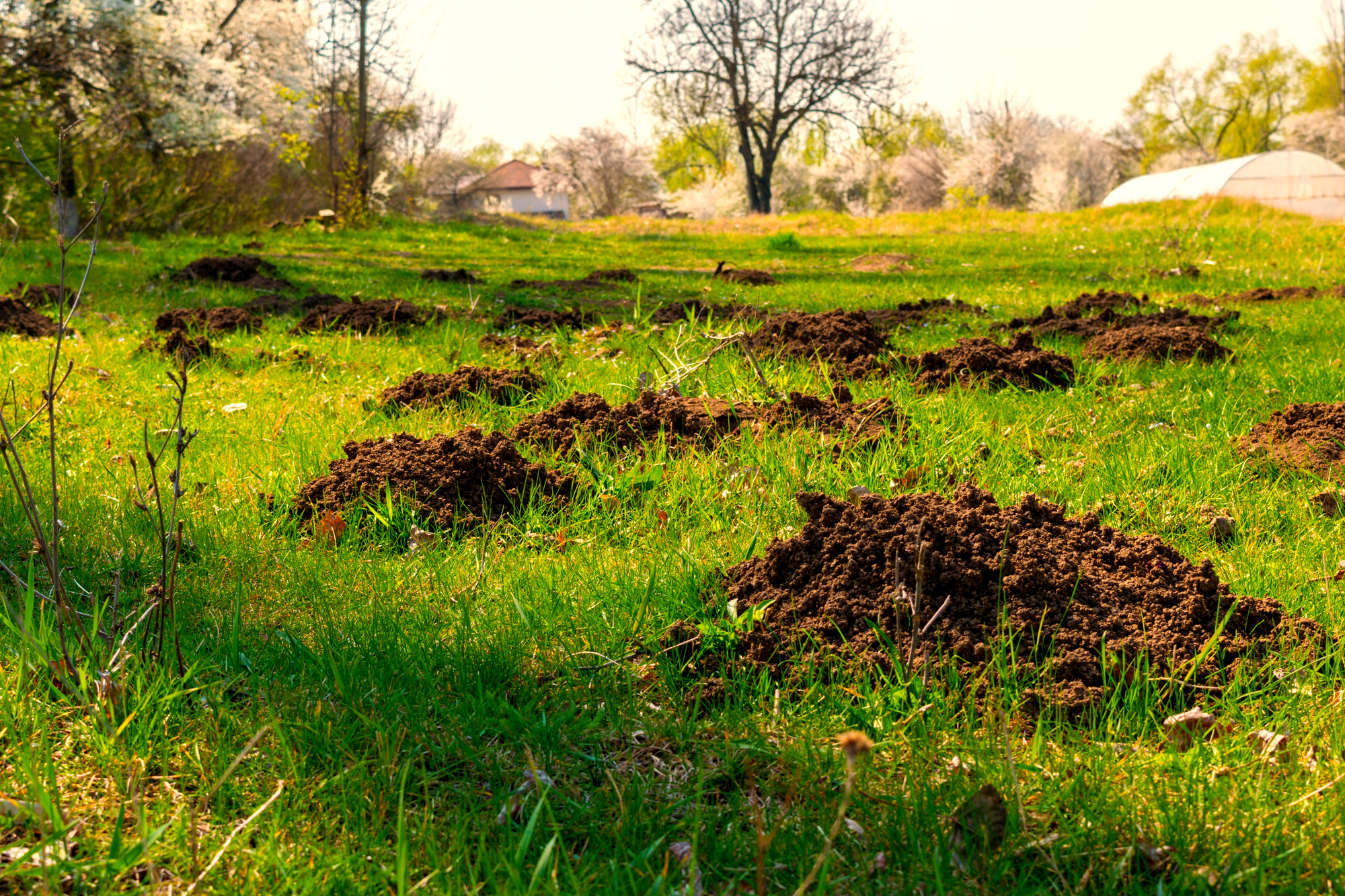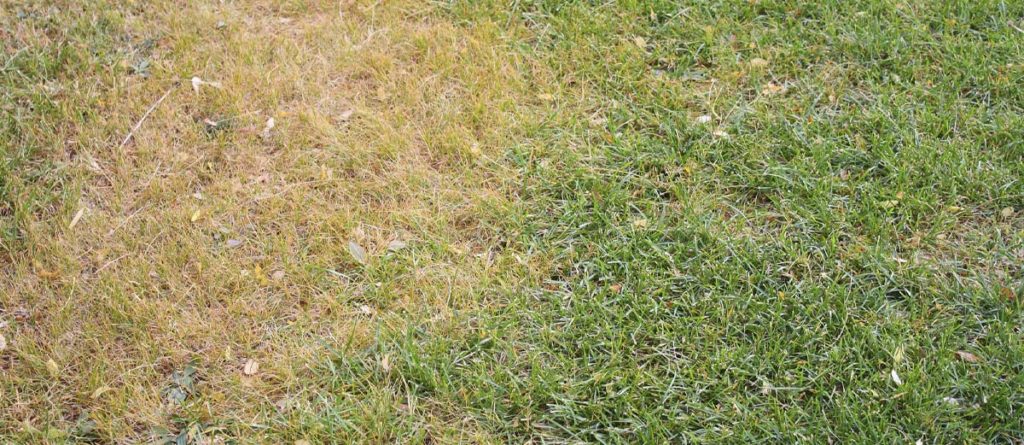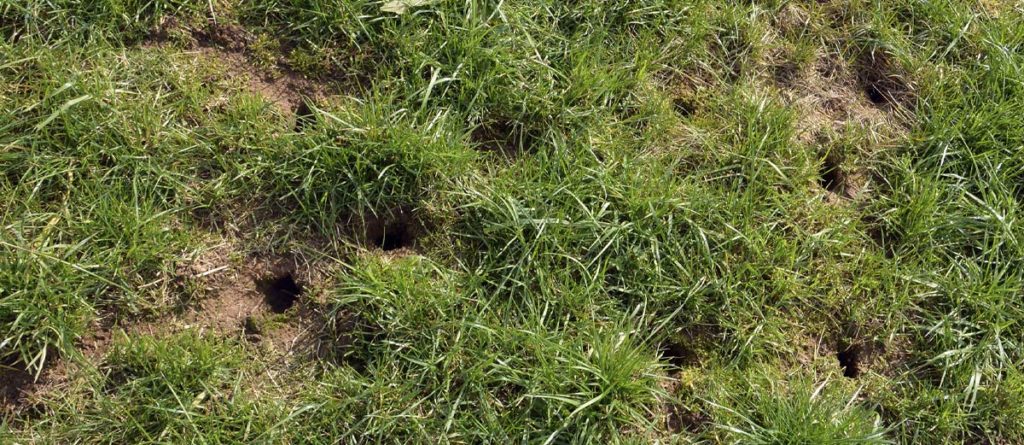Brown Patches of Grass
Brown patches of grass are one of the most common lawn problems people face. These patches can appear for various reasons, and diagnosing the cause can be tricky.
However, there are some signs you can look for that may help you identify the problem.
Some possible causes of brown patches include:
- Disease
- Pests
- Poor drainage
- Compacted soil
- Excessive thatch
- Lack of nutrients
If you notice any of these signs on your lawn, it’s important to take action right away. Left untreated, brown patches can spread and kill your grass. Luckily, there are some steps you can take to fix the problem.
If you’re unsure what’s causing the brown patches, the first step is to have your soil tested. This will help you determine if any nutrient deficiencies need to be addressed.
Once you know what’s causing the brown patches, you can take steps to fix the problem. For example, you can amend the soil with fertilizer if it’s a nutrient deficiency. You can also aerate the lawn to improve drainage if the problem is compacted soil.
These steps will help you eliminate brown patches and have a healthy, green lawn again




